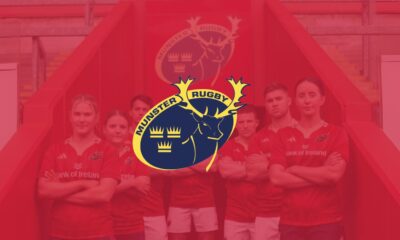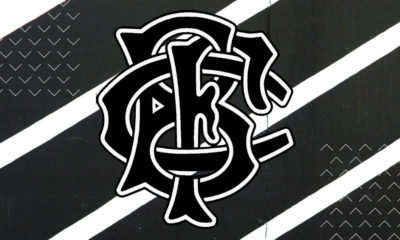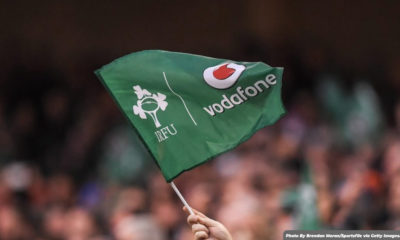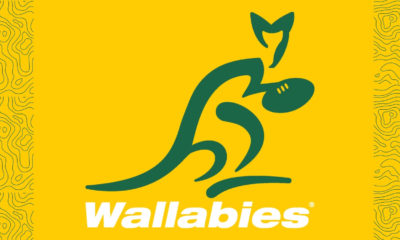Mitre 10
Blues Sign-Up Hurricanes Scrum-Half
The Blues have taken the chance to bring a Hurricanes scrum-half back home
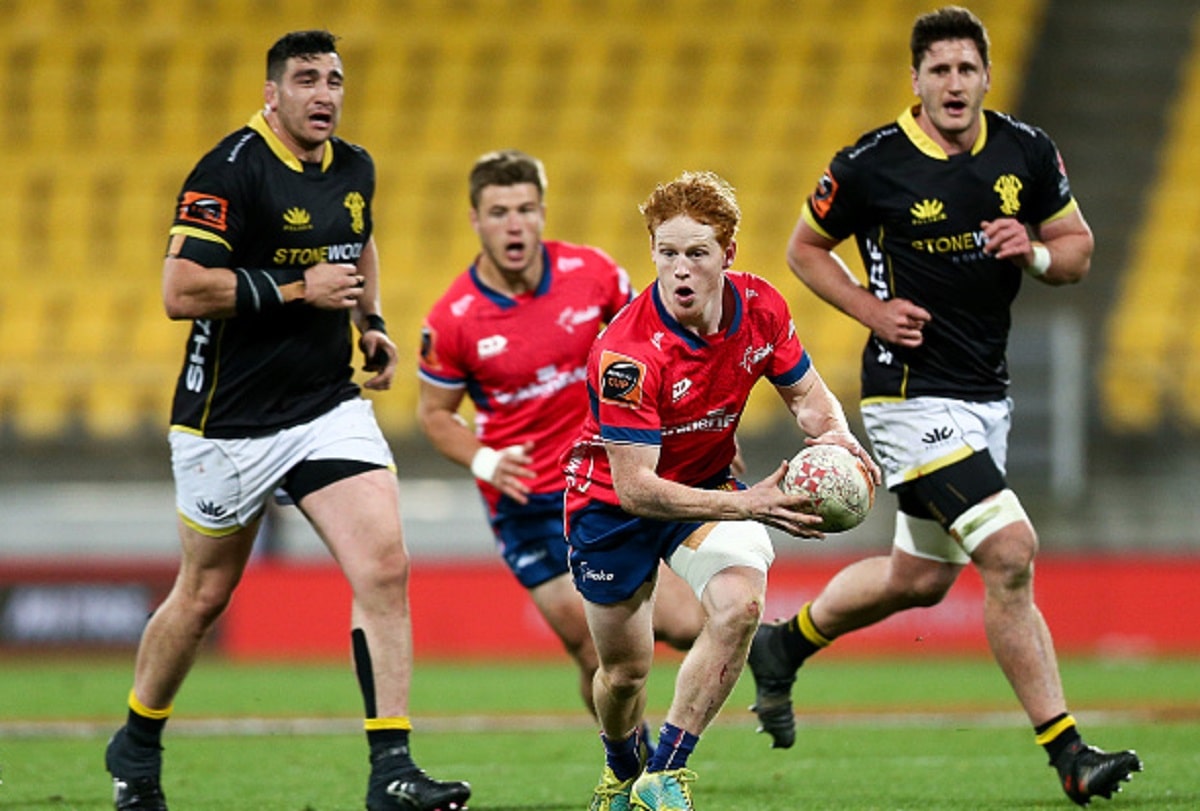
The Blues have confirmed the signing of Tasman and Hurricanes scrum-half Finlay Christie ahead of the 2020 Super Rugby season.
The 23-year-old, who has played second-fiddle to Hurricanes and All Blacks TJ Perenara this year, will join Jonathan Ruru and Sam Nick at the franchise as both have extended their contracts.
Christie was born in Peebles in the Scottish Borders before moving on to Pukekohe with his family where he attended Saint Kentigern College.
From there he went on to represent Counties Manukau U19, then going to University of Canterbury and pushing on at club level, leading to a contract with Tasman Mako in 2016.
He went on to play for the Chiefs eight times during 2017 before a move to the Blues.
Blues coach Leon MacDonald previously managed Christie at Tasman, where he will remain playing Mitre 10 Cup rugby, and is delighted to have him on board.
“I was impressed with his skill set and attitude at Tasman and now he gets the chance to return home to play. Finlay will complement both Sam and Jonathan and give us three quality halfbacks all with different styles and different strengths. This will allow us to select a halfback that best fits the game plan each week,” he said.
Blues high performance general manager Tony Hawks is happy that the youngster has signed too and is excited to re-unite Christie and Nick, who played alongside one another at Saint Kentigern College.
“It is great to have a good mix of halfbacks, all now with experience and success at Mitre-10 Cup and Investec Super Rugby level. Sam has come through our system from the age grades and is now a senior player who has played a key part in the rise of Northland rugby, yet he is only 22 years old. He will reconnect with Christie after the pair played together at Saint Kentigerns. Jonathan has settled well with us since moving here last year and became a key part of the success for Auckland in the Mitre-10 Cup,” he said.
Christie will have competition for a place in the starting XV, but it is nice to see him return to his roots.
6 Nations
World Rugby to introduce contact training restrictions
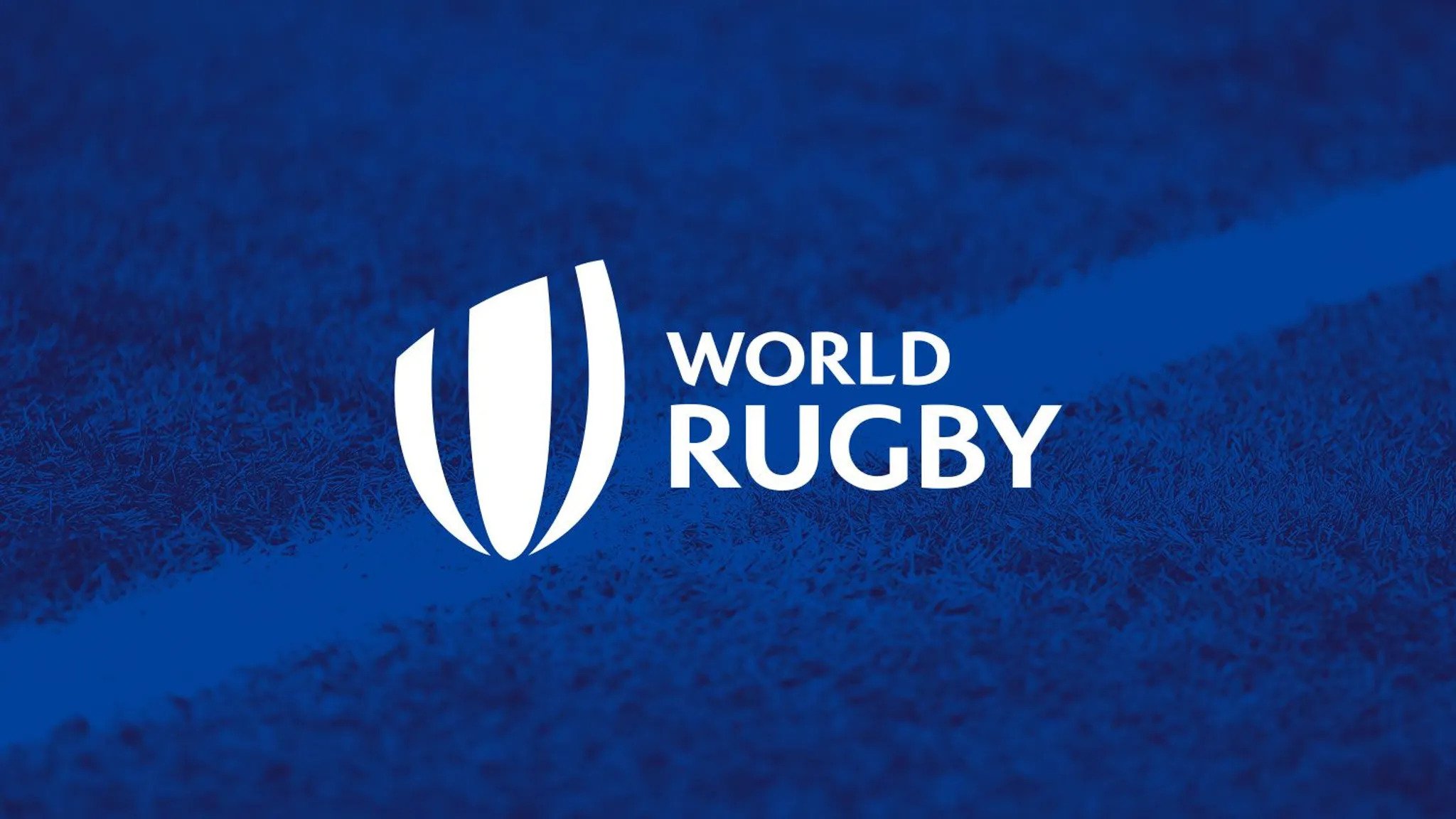
World Rugby and International Rugby Players (IRP) have published new contact training load guidance aimed at reducing injury risk and supporting short and long-term player welfare. The guidance is being supported by national players’ associations, national unions, international and domestic competitions, top coaches and clubs.
Earlier this year, World Rugby unveiled a transformational six-point plan aiming to cement rugby as the most progressive sport on player welfare. These new best-practice guidelines focus on the intensity and frequency of contact training to which professional rugby players should be exposed and have been shaped by consultation with players and coaches as well as leading medical, conditioning and scientific experts.
While the incidence of training injuries is low relative to that of matches, the volume of training performed means that a relatively high proportion (35-40 per cent) of all injuries during a season occur during training, with the majority of these being soft tissue injuries. Since the training environment is highly controllable, the guidelines have been developed to reduce injury risk and cumulative contact load to the lowest possible levels that still allow for adequate player conditioning and technical preparation.
Global study
The guidelines are based on a global study undertaken by IRP of almost 600 players participating across 18 elite men’s and women’s competitions, and a comprehensive review of the latest injury data. This reveals that training patterns vary across competitions, with an average of 21 minutes per week of full contact training and an average total contact load of 118 minutes per week. A more measured and consistent approach to training will help manage the contact load for players, especially those moving between club and national training environments. The research supports minimising contact load in training, in order that players can be prepared to perform but avoid an elevated injury risk at the same time. The guidelines aim to help strike that balance.
New ‘best practice’ training contact guidelines
World Rugby and International Rugby Players’ new framework [https://www.world.rugby/the-game/player-welfare/medical/contact-load] sets out clear and acceptable contact guidelines for training sessions, aiming to further inform coaches – and players – of best practice for reducing injury risk and optimising match preparation in season. The guidance covers the whole spectrum of contact training types, considering volume, intensity, frequency and predictability of contact, as well as the optimal structure of sessions across the typical training week, including crucial recovery and rest periods.
Recommended contact training limits for the professional game are:
- Full contact training: maximum of 15 minutes per week across a maximum of two days per week with Mondays and Fridays comprising zero full contact training to allow for recovery and preparation
- Controlled contact training: maximum of 40 minutes per week
- Live set piece training: maximum of 30 minutes set piece training per week is advised
The guidelines, which also consider reducing the overall load for players of particular age, maturity and injury profile (in line with the risk factors and load guidance published in 2019), will feature in the men’s and women’s Rugby World Cup player welfare standards.
Instrumented mouthguard research programme to inform effectiveness
World Rugby is partnering with elite teams to measure the ‘real life’ effect of these guidelines (in training and matches) and assess the mechanism, incidence and intensity of head impact events using the Prevent Biometics market-leading instrumented mouthguard technology and video analysis to monitor implementation and measure outcomes.
The technology, the same employed in the ground-breaking Otago Rugby Head Impact Detection Study, will deliver the biggest ever comparable bank of head impact data in the sport with more than 1,000 participants across the men’s and women’s elite, community and age-grade levels. The teams that have signed up so far are multiple Champions Cup winners Leinster, French powerhouse Clermont Auvergne and Benetton Treviso while discussions are ongoing with several other men’s and women’s teams across a range of competitions.
World Rugby Chief Executive Alan Gilpin said: “This important body of work reflects our ambition to advance welfare for players at all levels of the game. Designed by experts, these guidelines are based on the largest study of contact training in the sport, developed by some of the best rugby, performance and medical minds in the game. We believe that by moderating overall training load on an individualised basis, including contact in season, it is possible to enhance both injury-prevention and performance outcomes, which is good for players, coaches and fans.”
World Rugby Director of Rugby and High Performance and former Ireland coach Joe Schmidt added: “Training has increasingly played an important role in injury-prevention as well as performance. While there is a lot less full contact training than many people might imagine, it is our hope that having a central set of guidelines will further inform players and coaches of key considerations for any contact that is done during training.
“These new guidelines, developed by leading experts and supported by the game, are by necessity a work in progress and will be monitored and further researched to understand the positive impact on player welfare. We are encouraged by the response that we have received so far.
“We recognise that community level rugby can be an almost entirely different sport in terms of fitness levels, resources and how players can be expected to train, but the guidelines can be applied at many levels, especially the planning, purpose and monitoring of any contact in training.”
International Rugby Players Chief Executive Omar Hassanein said the guidelines are being welcomed by players: “From an International Rugby Players’ perspective, this project represents a significant and very relevant piece of work relating to contact load. We’ve worked closely with our member bodies in gathering approximately 600 responses from across the globe, allowing us to have sufficient data to then be assessed by industry experts. The processing of this data has led to some quite specific recommendations which are designed to protect our players from injuries relating to excessive contact load. We will continue to work with World Rugby as we monitor the progress of these recommendations and undertake further research in this area.”
Leinster coach Stuart Lancaster, who was involved in reviewing the study and advising the development of the guidelines, said: “We have a responsibility to make the game as safe as possible for all our players. For coaches, optimising training plays a significant role in achieving that objective. It is important that we do not overdo contact load across the week in order that players are fresh, injury-free and ready for match days. These guidelines provide a practical and impactful approach to this central area of player preparation and management.”
Ireland international and IRP Head of Strategic Projects and Research Sene Naoupu said: “While this is the first step of the implementation and monitoring process, it is an incredible outcome that shows just how much players care about this area. It also provides a foundation to review and determine future direction of implementation across the game, within an evidence-based injury-prevention programme for performance and welfare.”
World Rugby is also progressing a wide-ranging study of the impact of replacements on injury risk in the sport with the University of Bath in England, a ground-breaking study into the frequency and nature of head impacts in community rugby in partnership with the Otago Rugby Union, University of Otago and New Zealand Rugby, and further research specific to the professional women’s game. All of these priority activities will inform the decisions the sport makes to advance welfare for players at all levels and stages.
International
All Black Ready to Return to Action
One of the All Blacks key men is set to make a long-awaited return to play ahead of the All Blacks squad announcement
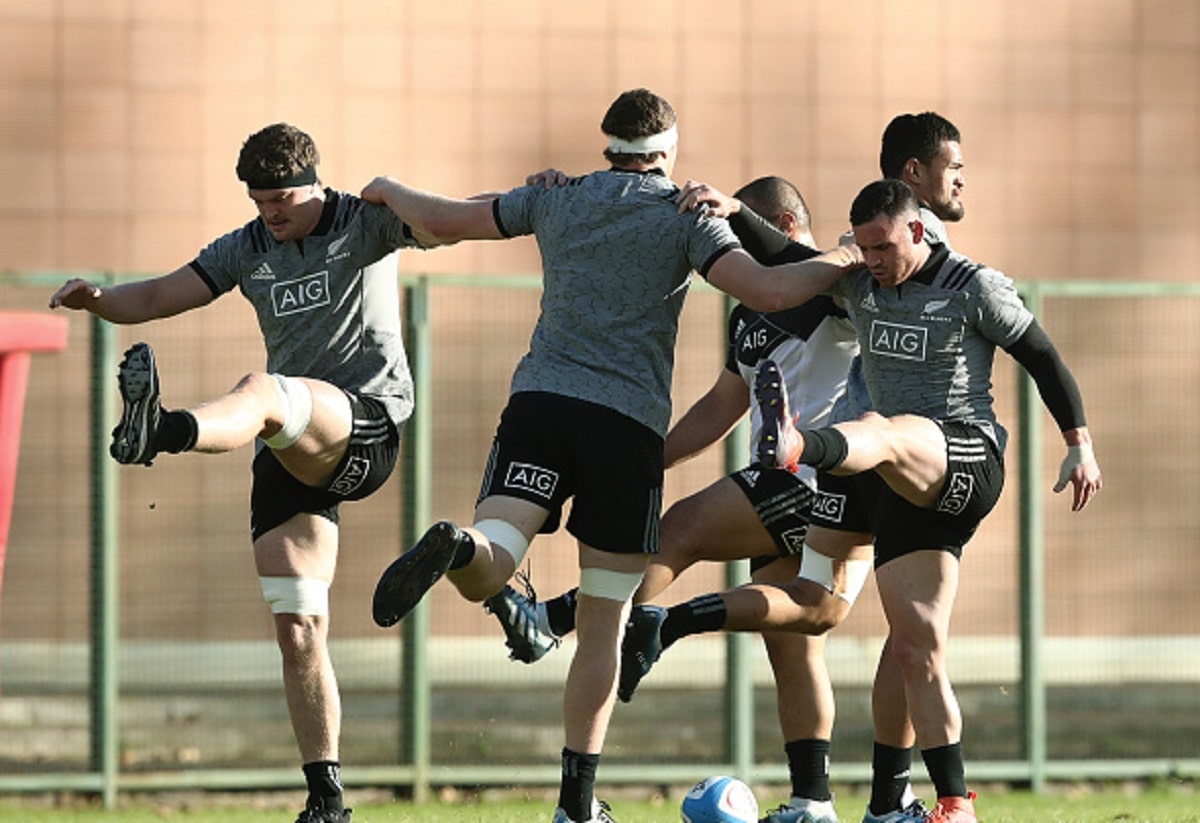
All Blacks centre Ryan Crotty is set to line-out for Canterbury this weekend as he makes a long-awaited return from injury.
Crotty injured his thumb during the Crusaders’ 30-26 Super Rugby semi-final victory over the Hurricanes back in June and has been out of action since.
However, the 30-year-old is to play for Canterbury against Southland in the Mitre 10 Cup this Saturday as they look for their first win of the season.
The only worry for Crotty is that All Blacks head coach Steve Hansen is announcing his 31-man squad for the Rugby World Cup tomorrow, which is obviously before Crotty officially returns to play.
It is undoubted that if Crotty was not injured, he would have walked into the squad, but it is reported that Hansen will bring four centres from five available.
The competition is stiff with Sonny Bill Williams, Jack Goodhue, Anton Lienert-Brown and Ngani Laumape fighting Crotty for a spot. It is believed that it is between Laumape and Crotty are up against one another for the fourth place as Laumape has put together a sensational run of form of late.
Whatever happens, the 44-cap All Black will depart for Japan come the conclusion of World Cup but tomorrow will decide if he will be heading to Japan a little early for what would most likely be his final global tournament with his country.
Mitre 10
Crusaders Prop Among Seven Canterbury Signings
Canterbury have announced the arrival of seven new players ahead of their Mitre 10 campaign

Canterbury have confirmed the signing of Crusaders prop Michael Alaalatoa from Manawatu ahead of their new Mitre 10 campaign.
Alaalatoa is one of seven new faces to join the squad which opens up in just under two weeks’ time and head coach Joe Maddock is delighted to welcome him on board.
“We are thrilled to have Crusaders prop Mike Alaalatoa join us this year. Mike has six seasons’ worth of experience at Super Rugby level, and his voice is going to be important among our young group of front-rowers. We’re glad he’s made the decision to base himself in Christchurch this season and look forward to seeing him in red and black,” he said.
With almost 70 caps to his name for the reigning three-in-a-row Super Rugby champions Alaalatoa brings a wealth of experience to the side.
Along with Alaalatoa, New Zeland U20 international playmaker Fergus Burke also joins. While the U20 vice-captain Dallas McLeod is also in the Canterbury squad for the first time.
There is a possibility that McLeod will be shifted out of his normal centre position to the wing in order to accommodate the likes of Tim Bateman, Ngane Punivai and possibly Braydon Ennor.
Versatile forward Cullen Grace and backs Sam Gilbert, Rameka Poihipi and Junior Ratuva are the other new arrivals to the squad.
Canterbury begin their campaign with a tough test against reigning champions Waikato on Saturday August 10th and will be captained by Luke Whitelock after he was omitted from the All Blacks squad.


